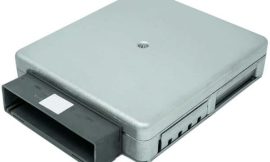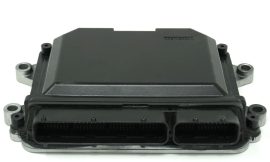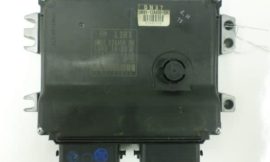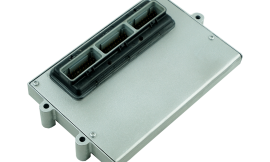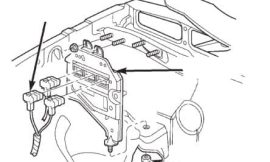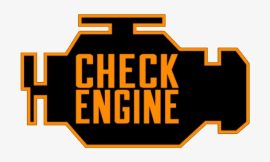Last updated on September 28th, 2023 at 11:12 am
Finally, the time has come for you to replace the Powertrain Control Module (PCM) in your Ford vehicle. This critical step guarantees the continued smooth and efficient operation of your vehicle, ensuring optimal performance and reliability for years to come.
When selecting the appropriate PCM unit, it is crucial to consider various factors to make an informed decision. Take into account the specific make, model, and year of your Ford vehicle, as well as any specific features or requirements that may affect compatibility. By doing so, you can avoid the inconvenience of returning the wrong item to the store and minimize the risk of potential financial loss or vehicle-related complications.
Investing time in researching and acquiring the correct PCM unit will provide you with peace of mind, knowing that you are making a wise decision to enhance the longevity and performance of your beloved Ford vehicle. Rest assured that by choosing the right PCM, you are taking proactive steps to maintain the optimal functioning of your vehicle’s powertrain system, ensuring a smooth and enjoyable driving experience for miles to come.
To ensure the accuracy of your replacement unit, follow these steps:
- Check it by the hardware type. Look for the code printed on the top of the pin section of your Ford PCM. This code is typically found on an OEM Ford part and serves as an identifier. Make sure to order the correct part using this number. Refer to the provided picture for comparison.
An example of the Ford PCM label contains both the Hardware type and Serial ID number. The Hardware Type usually consists of three alphabetic characters followed by a dash and three to five additional characters.
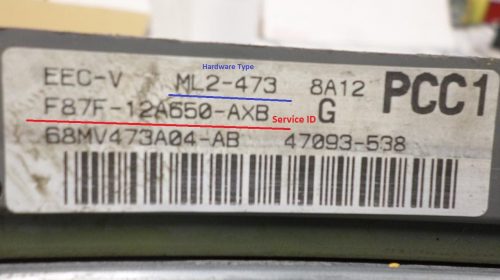
- Check the Service ID. This number is located next to the hardware type number and the barcode. It represents the appropriate calibration number for the specific device type. It’s important to note that there may be multiple latest calibrations denoted by a single “F” appendix, so having the correct hardware code is crucial.
- Check the Ford ID number. Some modules may not have a hardware type marked on the label. In such cases, you should order your PCM based on the Service ID number, which contains the “12A650” code inserted in the middle of the part number. If your PCM doesn’t have a hardware type, the Ford ID number can be read using a suitable diagnostics tool. This number is composed of eight characters.
- Check the VIN compatibility. Another important aspect to consider is the Vehicle Identification Number (VIN) compatibility. Make sure the PCM unit you are purchasing is compatible with your Ford vehicle’s VIN, as this ensures that the part will work seamlessly with your specific model.
- Understand OBD-II protocols. The On-Board Diagnostics (OBD-II) protocol is a standardized system used for onboard computers to communicate with external devices. Make sure your PCM unit is compatible with the OBD-II protocols of your Ford vehicle.
- Seek professional help if needed. If you are unsure or uncomfortable with handling the replacement process yourself, don’t hesitate to seek professional help. A trained technician can assist you in choosing the correct PCM unit and ensuring its proper installation.
That’s everything you need to know about ordering a new PCM. If you’re looking for a professionally programmed Ford PCM, explore the catalog at Flagship One. We offer ECM/ECU/PCM Units for all Ford models, regardless of the year and engine configurations.




